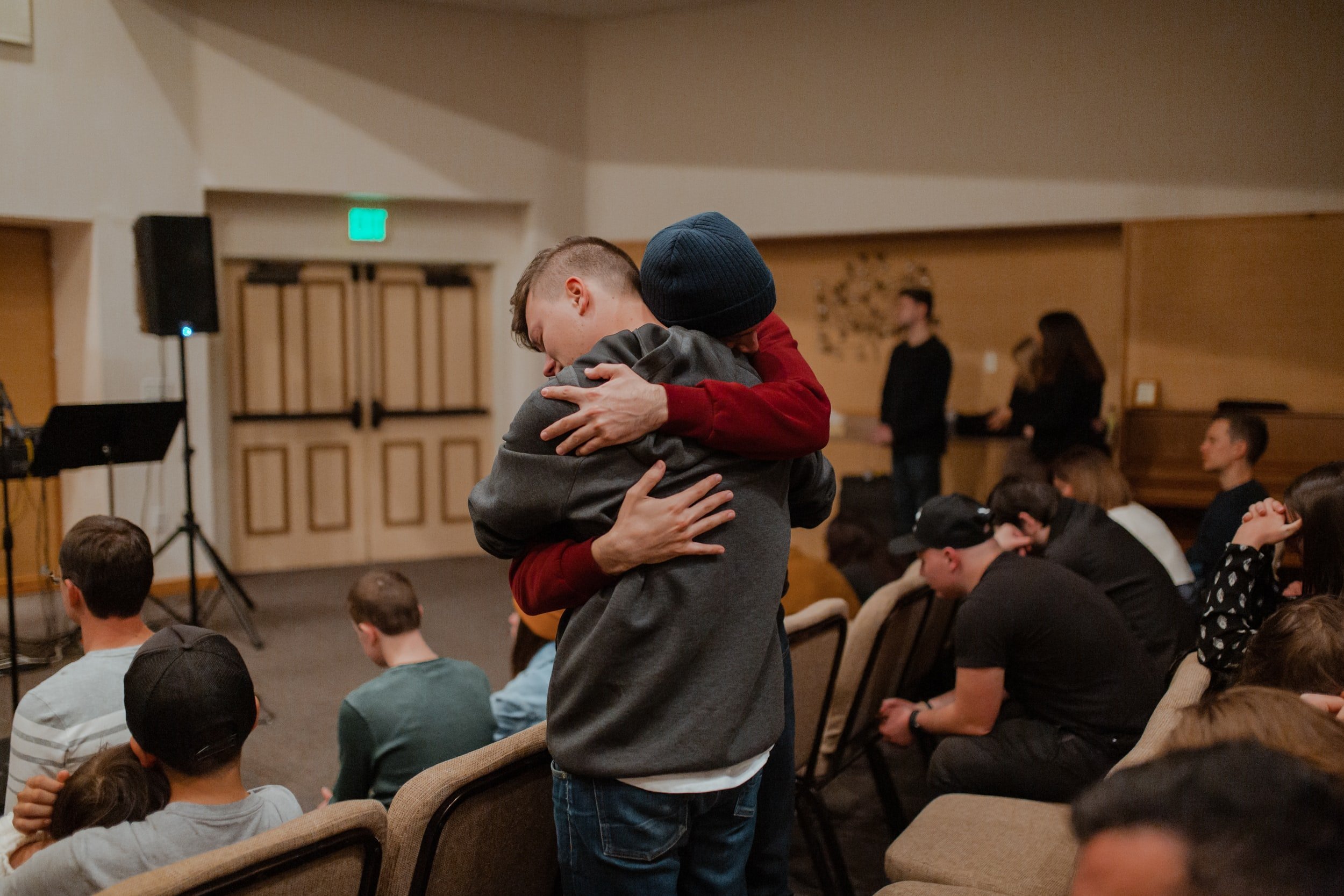Rebooting Adolescent Romance Stories
Young love is a story that’s been told in ways that both warm the heart and elicit sympathetic cringing. The experience of romantic awakening is individual and varied, but universal in its critical importance to developing social and emotional skills and discovering one's identity. These early relationships help us figure out who we are, make independent decisions, and learn to understand the concept of consent. And while they certainly have a biological component, understanding how to navigate them is not at all instinctive. That’s why young people need positive environments and supportive relationships with adults and peers to build healthy romantic relationships. But making authentic adolescent development a through line in stories about young romance doesn’t mean you have to give up the humor - or even the cringing.
The To All the Boys… franchise is a great example of how to do this. The Netflix film trilogy (adapted from the YA novel series) stays true to rom-com expectations while portraying adolescent love in an ever-evolving and age-appropriate way. What makes these movies so fun to watch - in addition to their appealing performances - is witnessing the main character Lara Jean figure out what she wants in her relationship, and what she wants for herself. Lara Jean and Peter’s relationship is filled with trial and error, ultimately culminating in a decision to give long-distance dating a go. Will it work out? The finale leaves it up in the air, but adolescent love is an exploration of the unknown, just as it is in adulthood. To All the Boys… doesn’t have to compromise the romance to tell a developmental story.
Here’s what our research shows about creative storytelling approaches that give adolescent romantic relationships the credit they deserve.
Treat them like the real thing. Romantic relationships in adolescence aren’t just “practice” for grown-up relationships—they are real, and they matter a lot to healthy development.
Make breakups matter, too. Break-ups are as important for healthy development as forming romantic relationships. You can make them dramatic without trivializing them - like Kurt and Blaine’s breakup in Glee - and play them for laughs while still making them consequential - à la She’s the Man.
More than just the two of us. Romantic relationships are never just about two people. They are supported and nurtured - and yes, sometimes hindered - by the relationships they already have. Compelling stories about adolescent love should portray these supports and the ways in which other relationships might work against them, too.
Zoom out. Social inequality plays a role in romantic relationships, as it does in every portrayal of adolescent development. Highlighting the big-picture social conditions that threaten positive relationship outcomes can help build tension in a more authentic portrayal of the challenges adolescents face, even when they have strong connections to each other. The now classic 2000 movie Love and Basketball does this brilliantly, in two ways. First, it is a thoughtful exploration of how gender norms play a role in romantic relationships. Second, it indirectly speaks to the ways in which stories about young people of color are marginalized in film by not making racism the central storyline.
Highlight positive identity development. Romantic relationships are a productive vehicle for identity exploration, and can be used to convey the importance of staying true to that identity. For instance, in the movie The Duff, main character Bianca holds her ground after a superficially cruel insult from classmates, and ends up rewriting the social order while finding romance in the process.
Don’t sell out for laughs. Sure, adolescent romance is rich territory for mining jokes, but there’s a fine line between extracting the universally human humor in them and trivializing them. So far, the new Mindy Kaling series The Sex Life of College Girls, finds this middle ground. Though it certainly portrays the messiness of college-age relationships and sex, it counter-balances these with real moments that illustrate the importance of romance to healthy self-discovery.
Freelancer








